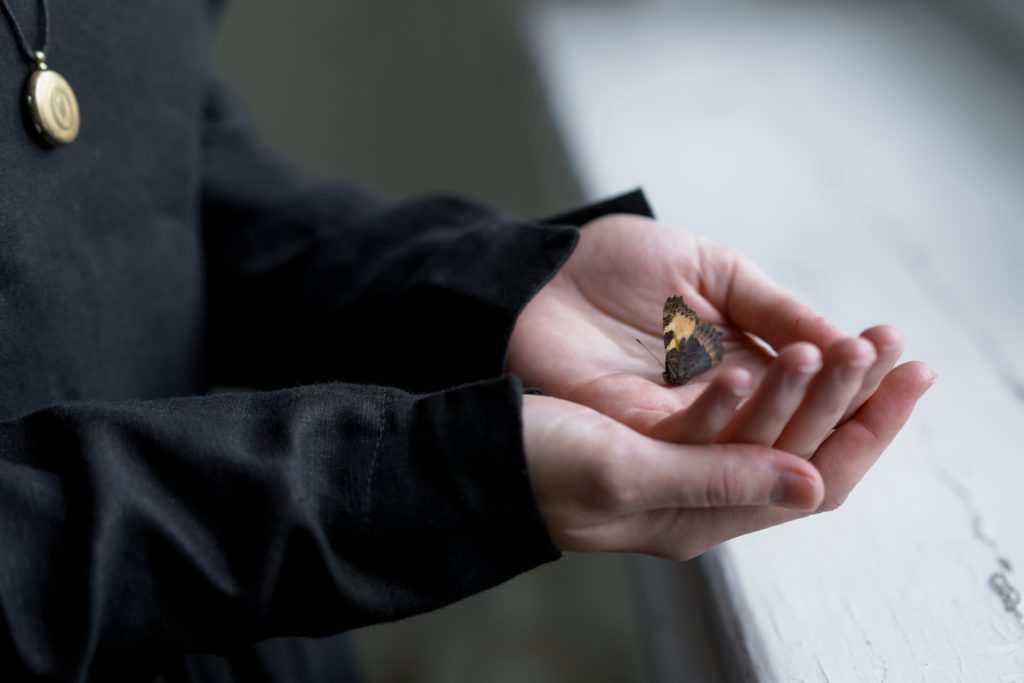No products in the cart.
Uncategorized
3 Options For Cremation
Types of Cremation Services
Cremation does not rule out the possibility of a funeral ceremony, nor does it restrict your options for cremation, if you want to have one. Planning a unique service may be a significant step toward grieving and accepting a loved one’s death. The funeral service is an occasion for family, friends, and the community to come together to commemorate the memory and celebrate the life of the person you’ve lost.
According to YouGov figures, nearly six out of ten adults (58%) wish to be cremated after death. That’s more than three times the 17% who wish to be buried.
With the majority of people preferring cremation after death, we felt it would be beneficial to look at the many types of options for cremation services and what they include.
Cremation is less expensive and gives the family more time to organize the funeral and monument. But did you know that cremation services come in a variety of shapes and sizes? If you’re having trouble picking between the many types of cremation, keep reading to discover more about the subject.
There are three basic options for cremation:
1. Traditional Funeral Service Followed By Cremation
A visitation for public viewing and a funeral ceremony, similar to a regular funeral, are normally held within two to three days following the death. Instead of being buried in a coffin, the ritual is followed by cremation.
A cremation casket, which is constructed expressly for use in the cremation procedure, or a rented coffin is employed. The viewing can take place in a church, funeral chapel, or another location meaningful to the loved one or family, and the coffin can be open or closed.
The cremated ashes might be buried, scattered, or returned to the family after the viewing, service or ceremony, and final cremation.
2. Memorial Service
A memorial ceremony is simply a funeral service that does not include the presence of the deceased person’s corpse. The cremation normally takes place a day or two after the death, and the memorial service follows a few weeks or months afterward.
At the service, an urn with the ashes may be present, whether it is conducted at a funeral home, a church, or any other important location, such as a park.
Following the service, the final disposition of the remains may include bringing the urn home, burying the urn in a cemetery, putting the urn in a cremation niche, or scattering the ashes somewhere significant.
3. Direct Cremation
This is the most basic sort of cremation service, sometimes known as simple cremation or instant cremation. Without a funeral, graveside service, or memorial service, the corpse is cremated and the cremated ashes are returned to the family.
Direct cremation is the simplest and least expensive option, as it simply requires the bare minimum of services. Simple cremation is another term for direct cremation. However, it is critical to grasp the differences between direct cremation and indirect cremation. Many families may refer to a “simple cremation” as a memorial ceremony with only a few friends. A direct cremation, on the other hand, does not involve any form of service.
The stages involved in a direct cremation are as follows:
- The body is carried to the funeral home or crematory from the location of death.
- A cremation authorization document is signed by the family and the funeral director or crematory operator.
- Permits and a death certificate are among the paperwork that must be filed.
- Because it is not essential to purchase or use a coffin, the body is placed in an alternate container. A corrugated cardboard container is an alternative container (or box). It is necessary by law to use an alternative container.
- Before a cremation may take place, most states require at least a 24-hour waiting time.
- The cremation is performed.
- The cremated remains, or ashes, are put in a temporary urn made of plastic or cardboard and given to the family when the cremation procedure is completed.


